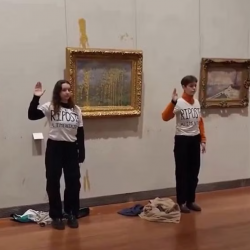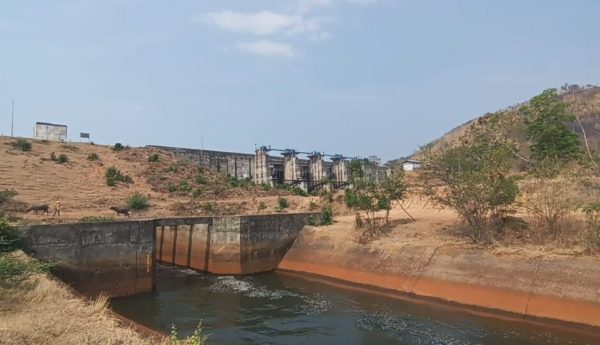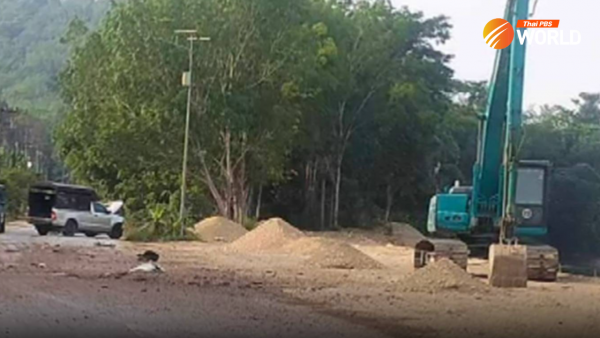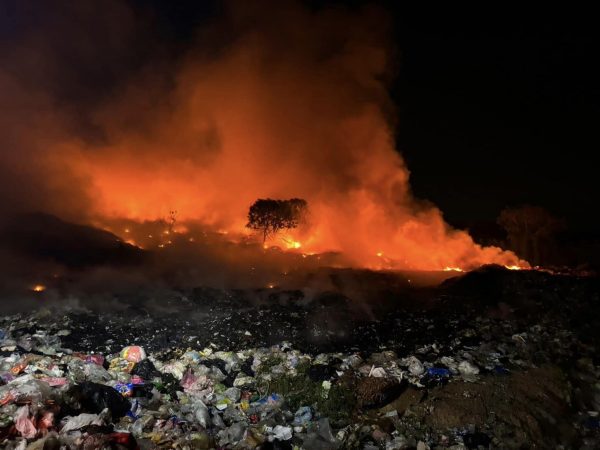Japanese father returns to Thailand, pursuing 17-Year quest for daughter’s murderer

Yasuaki Kawashita, a Japanese man from Osaka, returned to Thailand today to demand answers from the Thai police regarding the unsolved murder of his then 27-year-old daughter during the Loy Krathong festival in Sukhothai province 17 years ago.
He is scheduled to revisit the spot in Sukhothai Historical Park where his daughter, Tomoko, was killed, something he has done almost every time he has returned to Thailand.
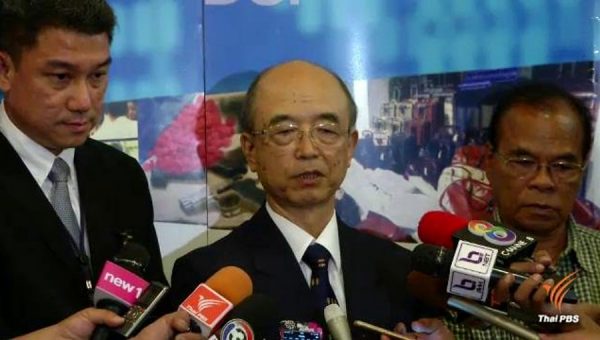
Tomoko’s throat was slashed and her body suffered knife wounds, Thai police said. Her body was found near Wat Saphan Hin in the Mueang district, lying next to the bicycle she had rented for sightseeing.
Some of her belongings were missing, leading police to suspect that it was a robbery gone wrong. “She was stabbed when the attacker tried to rob her. She resisted and ran away, but then he caught her and slashed her throat with a knife,” a police officer said at the time.
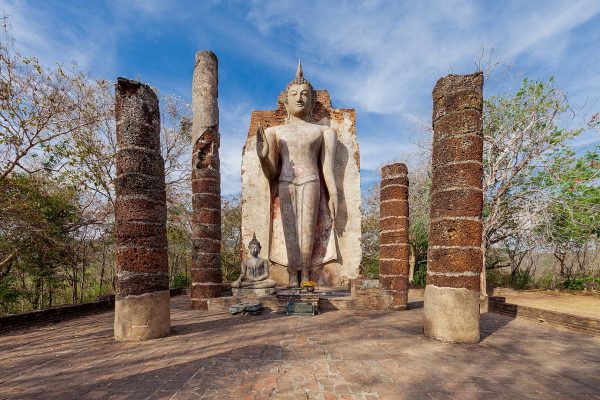
Tomoko had arrived in Thailand as a solo tourist. She had saved money for her Thailand trip by taking extra jobs and was especially attracted to the Loy Krathong festival, her parents had said. Sukhothai authorities reported a drop in tourists after the murder.
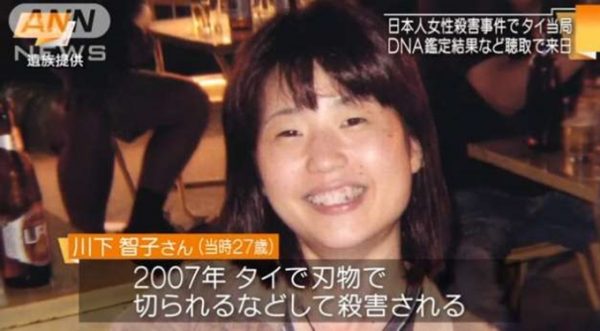
In the years since his daughter’s death, her father, now 75, has returned to Thailand almost annually to seek justice. He suspended these trips a few years ago due to the COVID-19 outbreak and this visit marks his first visit since the pandemic.
During his previous visits, he met with Justice ministers and senior Justice Ministry officials, demanding progress in the investigation. This time, Yasuaki plans to return to the murder spot and meet with incumbent Justice Minister Tawee Sodsong on February 15, seeking the latest developments in the investigation.

He will also request an extension to the 20-year statute of limitations on his daughter’s case, which will be reached in 2027.
In 2013, after Sukhothai police had failed to make any progress, the Department of Special Investigation reopened the case.
They expanded the search, questioning more people and conducting further DNA analyses to compare with DNA found on the victim’s clothing.A mass DNA collection was carried out, involving 379 Thai men, but no matches were found. A Japanese tourist, who was seen with Tomoko at the time, refused to provide a DNA sample and left the country.
In 2020, the Thai authorities announced a breakthrough in the case, after they applied more advanced DNA testing methods to the sample found on Tomoko.
Wannapong Kotcharak, then director of the Central Institute of Forensic Science, claimed that, with the new method, they could conclude that the DNA found on the victim’s clothing did not match that of Thai men.
“It matched men from East Asia in the global genetic database, accessible to Thai geneticists,” he said.
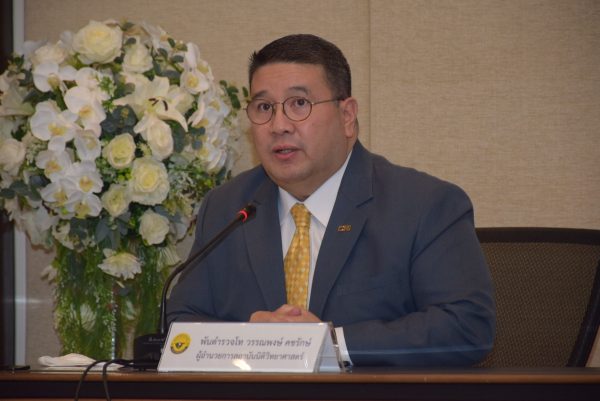
Then, Justice Minister Somsak Thepsuthin declared his intention to ask Japanese authorities to collect DNA from the Japanese man seen with Tomoko.
“At that time, he had refused to cooperate by providing tissue samples for lab tests and left Thailand the day after her body was found. We can start by checking his DNA in the next phase of the investigation, which will involve collaboration between the two countries,” Somsak said.
The breakthrough, four years ago, was the most recent update provided by the Thai authorities.
Yasuaki will be seeking more during this week’s visit.

